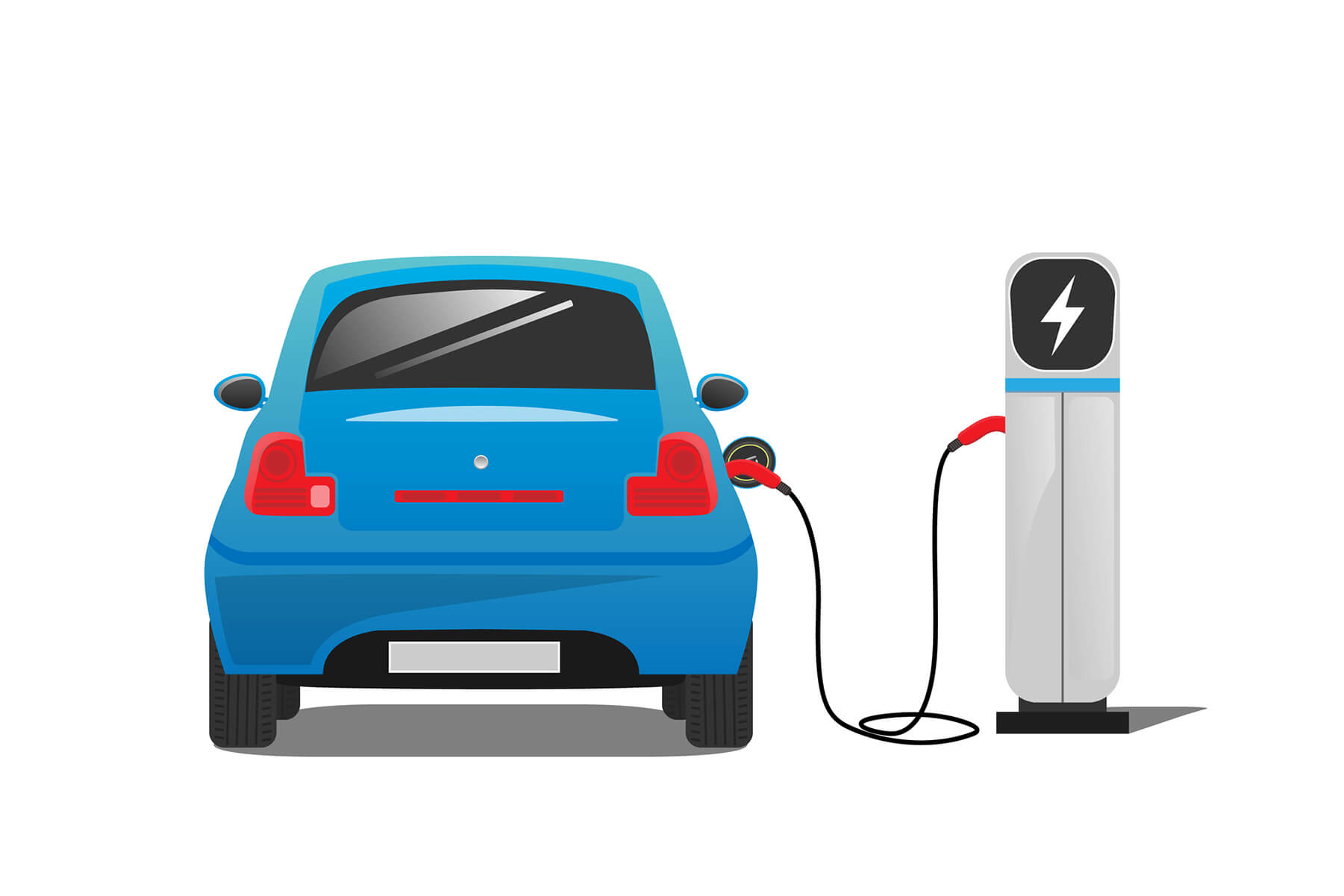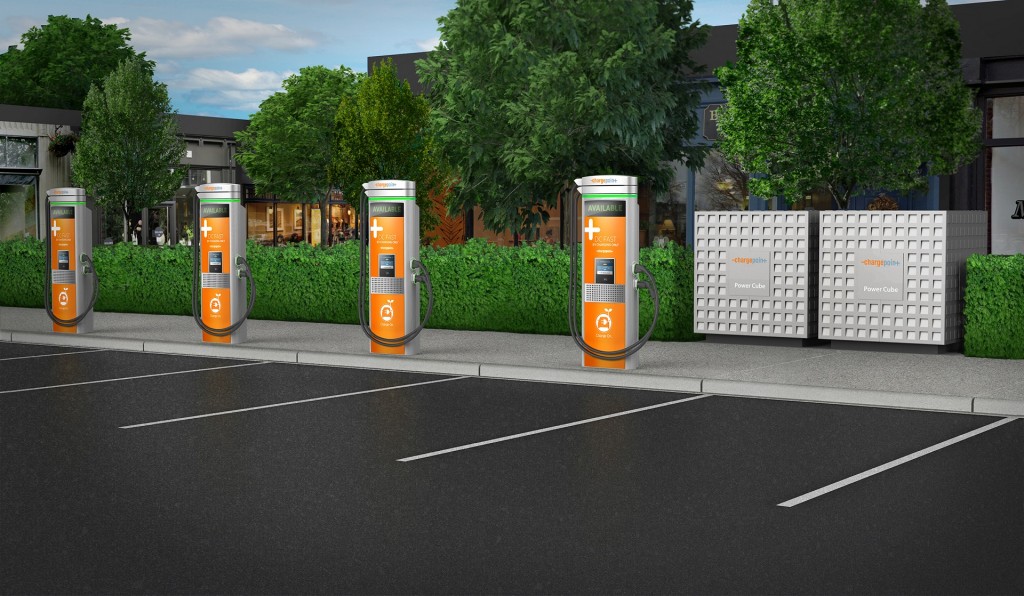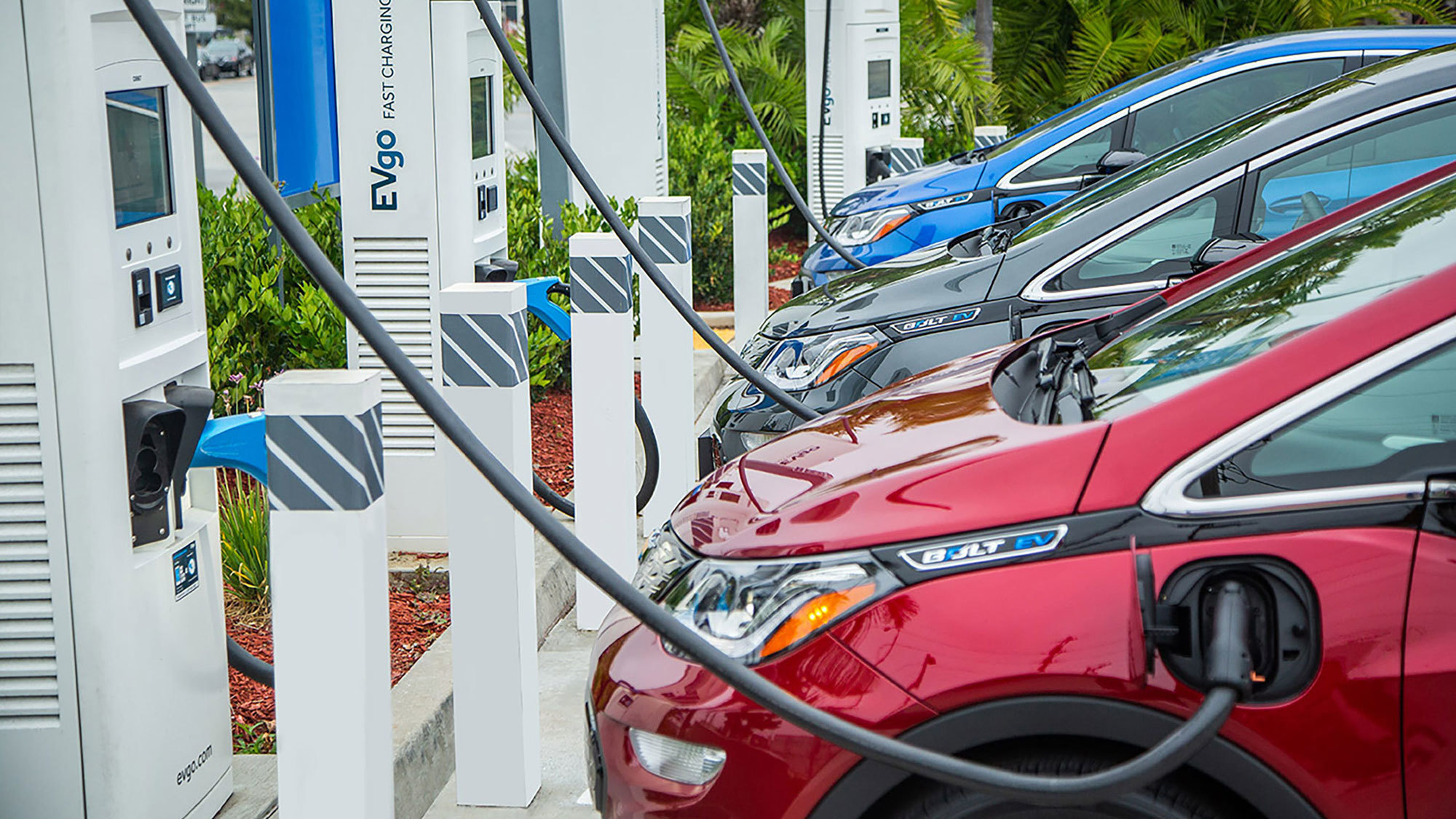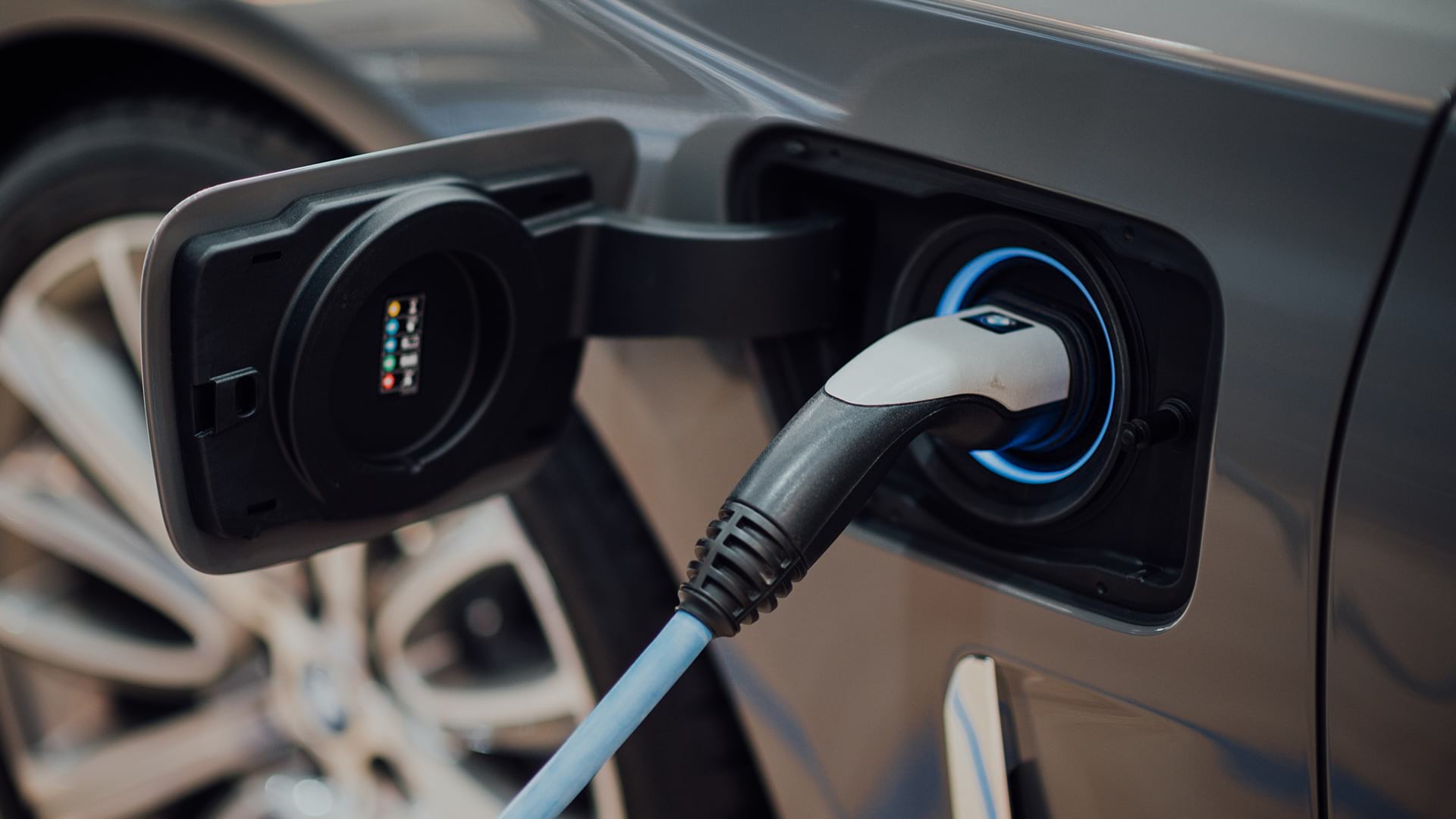Unlocking the Potential of Electric Vehicles: The Importance of Robust Charging Infrastructure
The demand for electric vehicles (EVs) is growing rapidly, driven by increasing concerns about climate change, air pollution, and energy security. As the world transitions towards a low-carbon transportation future, the need for a reliable and efficient electric vehicle charging infrastructure has become more pressing than ever. A well-developed charging network is crucial to alleviate range anxiety, encourage more people to switch to EVs, and ultimately drive the widespread adoption of electric vehicles.
Range anxiety, the fear of running out of charge before reaching a charging station, is a major barrier to EV adoption. A robust electric vehicle charging infrastructure can help mitigate this concern by providing drivers with convenient and accessible charging options. This, in turn, can increase consumer confidence in EVs, leading to higher sales and a greater market share.
A comprehensive electric vehicle charging infrastructure should include a dense network of charging stations, strategically located along highways, in urban areas, and at public parking facilities. These charging stations should be equipped with fast-charging technology, capable of replenishing an EV’s battery to 80% in under 30 minutes. Additionally, the charging network should be integrated with payment systems, network management software, and smart grid technologies to optimize energy efficiency and reduce costs.
The development of a robust electric vehicle charging infrastructure requires a coordinated effort from governments, private companies, and other stakeholders. Governments can play a crucial role by providing incentives, such as tax credits and subsidies, to encourage the installation of charging stations. Private companies, such as ChargePoint, EVgo, and Tesla, are already investing heavily in the development of EV charging infrastructure, and their efforts should be supported and encouraged.
In conclusion, a well-developed electric vehicle charging infrastructure is essential to unlock the full potential of EVs and drive the transition towards a low-carbon transportation future. By providing a convenient, accessible, and efficient charging network, we can alleviate range anxiety, increase consumer confidence in EVs, and ultimately create a more sustainable transportation system.
How to Build a Seamless EV Charging Experience: Key Components and Technologies
A comprehensive electric vehicle charging infrastructure is crucial to support the growing demand for EVs. To build a seamless EV charging experience, several key components and technologies must be integrated. These include charging stations, payment systems, and network management software.
Charging stations are the backbone of any EV charging infrastructure. They come in various forms, including Level 1 (120V), Level 2 (240V), and DC Fast Charging. Level 1 charging stations are suitable for home charging, while Level 2 and DC Fast Charging stations are ideal for public charging. Payment systems, such as pay-as-you-go or subscription-based models, must be integrated with charging stations to facilitate easy and convenient payment.
Network management software is essential to manage and optimize the performance of charging stations. This software enables real-time monitoring, remote maintenance, and energy management. It also provides valuable insights into charging patterns, energy consumption, and station utilization. By leveraging data analytics and machine learning algorithms, network management software can optimize energy efficiency, reduce costs, and enhance the overall EV charging experience.
Several technologies are emerging to enhance the EV charging experience. Fast charging, for instance, can recharge an EV’s battery to 80% in under 30 minutes. Wireless charging, on the other hand, eliminates the need for cables and enables convenient charging. Smart grids, which integrate renewable energy sources and energy storage systems, can optimize energy efficiency and reduce strain on the grid.
The integration of these components and technologies is critical to building a seamless EV charging experience. By providing convenient, accessible, and efficient charging options, electric vehicle charging infrastructure can alleviate range anxiety, encourage more people to switch to EVs, and ultimately drive the widespread adoption of electric vehicles.
In addition to these components and technologies, electric vehicle charging infrastructure must also prioritize standardization and interoperability. Standardization ensures that charging stations and payment systems are compatible with different EV models, while interoperability enables seamless communication between charging stations and network management software.
By incorporating these key components and technologies, electric vehicle charging infrastructure can provide a seamless and convenient charging experience for EV owners. This, in turn, can drive the growth of the EV market, reduce greenhouse gas emissions, and create a more sustainable transportation future.
Charging Station Reviews: A Closer Look at Popular Options from ChargePoint, EVgo, and Tesla
When it comes to electric vehicle charging infrastructure, choosing the right charging station can be a daunting task. With numerous options available, it’s essential to evaluate the features, pricing, and user reviews of popular charging stations. In this article, we’ll take a closer look at popular options from ChargePoint, EVgo, and Tesla, and compare their offerings to help readers make informed decisions about their EV charging needs.
ChargePoint is one of the leading providers of electric vehicle charging infrastructure. Their charging stations are known for their ease of use, reliability, and affordability. ChargePoint’s Home Charger, for instance, is a popular option for home charging, offering a compact design, easy installation, and a competitive price point. ChargePoint’s public charging stations, on the other hand, offer fast charging capabilities, convenient payment options, and a user-friendly interface.
EVgo is another prominent player in the EV charging infrastructure market. Their charging stations are designed to provide fast and convenient charging, with many locations offering DC Fast Charging capabilities. EVgo’s charging stations are also equipped with advanced features, such as real-time charging status updates and personalized charging plans. EVgo’s pricing model is also competitive, with options for pay-as-you-go or subscription-based charging.
Tesla, a pioneer in the electric vehicle industry, also offers a range of charging stations, including the popular Supercharger and Destination Charger. Tesla’s charging stations are known for their high-power charging capabilities, sleek design, and seamless integration with Tesla’s vehicles. Tesla’s charging network is also expanding rapidly, with many new locations opening across the country.
When evaluating these popular charging stations, it’s essential to consider factors such as charging speed, pricing, and user reviews. ChargePoint’s Home Charger, for instance, offers a competitive price point and easy installation, making it an excellent option for home charging. EVgo’s public charging stations, on the other hand, offer fast charging capabilities and convenient payment options, making them ideal for drivers on-the-go. Tesla’s charging stations, meanwhile, offer high-power charging capabilities and seamless integration with Tesla’s vehicles, making them a top choice for Tesla owners.
Ultimately, the choice of charging station will depend on individual needs and preferences. By evaluating the features, pricing, and user reviews of popular charging stations, readers can make informed decisions about their EV charging needs and choose the best option for their lifestyle.
Overcoming Range Anxiety: Strategies for Expanding EV Charging Infrastructure
As the demand for electric vehicles (EVs) continues to grow, the need for a comprehensive electric vehicle charging infrastructure becomes increasingly important. However, expanding EV charging infrastructure poses several challenges, including the need for standardization, interoperability, and investment in rural areas. To overcome these challenges, various strategies can be employed, such as public-private partnerships, government incentives, and innovative business models.
One of the primary challenges in expanding EV charging infrastructure is the lack of standardization. Different charging stations and networks often have incompatible systems, making it difficult for EV owners to charge their vehicles on the go. To address this issue, industry stakeholders can work together to establish common standards for charging stations and networks. This would enable seamless communication between different systems, making it easier for EV owners to charge their vehicles.
Another challenge is the need for interoperability between different charging networks. Currently, many charging networks are proprietary, making it difficult for EV owners to charge their vehicles on other networks. To overcome this challenge, charging networks can adopt open standards, enabling EV owners to charge their vehicles on any network. This would not only improve the convenience of EV ownership but also increase the adoption of EVs.
Investment in rural areas is also crucial for expanding EV charging infrastructure. Rural areas often have limited access to charging stations, making it difficult for EV owners to charge their vehicles on long trips. To address this issue, governments and private companies can invest in the development of charging stations in rural areas. This would not only improve the convenience of EV ownership but also increase the adoption of EVs in rural areas.
Public-private partnerships can also play a crucial role in expanding EV charging infrastructure. Governments can partner with private companies to develop and install charging stations, while private companies can invest in the development of charging networks. This would not only improve the convenience of EV ownership but also increase the adoption of EVs.
Government incentives can also encourage the development of EV charging infrastructure. Governments can offer tax credits, grants, and other incentives to companies that invest in the development of charging stations and networks. This would not only improve the convenience of EV ownership but also increase the adoption of EVs.
Innovative business models can also play a crucial role in expanding EV charging infrastructure. Companies can develop new business models that offer convenient and affordable charging options to EV owners. For example, companies can offer subscription-based charging services, enabling EV owners to charge their vehicles for a fixed monthly fee. This would not only improve the convenience of EV ownership but also increase the adoption of EVs.
The Role of Smart Cities in Shaping the Future of EV Charging Infrastructure
Smart cities are playing a crucial role in shaping the future of electric vehicle charging infrastructure. By leveraging advanced technologies and innovative urban planning strategies, smart cities are creating sustainable and efficient charging infrastructure that supports the growing demand for electric vehicles. In this article, we will examine the role of smart cities in promoting the adoption of EVs and developing sustainable charging infrastructure.
Oslo, Norway, is a prime example of a smart city that is leading the way in EV charging innovation. The city has implemented a comprehensive EV charging infrastructure that includes fast-charging stations, wireless charging systems, and smart grid technologies. Oslo’s EV charging infrastructure is designed to support the city’s goal of becoming carbon neutral by 2030.
Vancouver, Canada, is another smart city that is making significant strides in EV charging innovation. The city has launched a number of initiatives aimed at promoting the adoption of EVs, including the installation of public charging stations and the development of a smart grid system. Vancouver’s EV charging infrastructure is designed to support the city’s goal of reducing greenhouse gas emissions by 50% by 2030.
Smart cities like Oslo and Vancouver are using a range of strategies to promote the adoption of EVs and develop sustainable charging infrastructure. These strategies include investing in public charging stations, implementing smart grid technologies, and offering incentives for EV owners. By leveraging these strategies, smart cities can create a supportive environment for EV adoption and reduce greenhouse gas emissions.
One of the key benefits of smart cities is their ability to leverage advanced technologies to create efficient and sustainable charging infrastructure. For example, smart cities can use data analytics and machine learning algorithms to optimize energy efficiency and reduce strain on the grid. This can help to reduce the cost of charging and make EVs more competitive with traditional gasoline-powered vehicles.
Smart cities are also using innovative urban planning strategies to promote the adoption of EVs. For example, cities can design EV-friendly neighborhoods with charging stations and dedicated EV parking. This can help to create a supportive environment for EV adoption and reduce range anxiety.
In conclusion, smart cities are playing a crucial role in shaping the future of electric vehicle charging infrastructure. By leveraging advanced technologies and innovative urban planning strategies, smart cities can create sustainable and efficient charging infrastructure that supports the growing demand for electric vehicles.
Electric Vehicle Charging at Home: A Guide to Installing and Maintaining Your Own Charging Station
Installing and maintaining an electric vehicle charging station at home can be a convenient and cost-effective way to charge your vehicle. In this article, we will provide a step-by-step guide to installing and maintaining your own charging station, including tips on choosing the right equipment, ensuring safety, and optimizing energy efficiency.
Choosing the Right Equipment
When selecting a charging station for your home, there are several factors to consider. First, you will need to determine the type of charging station that is compatible with your vehicle. There are three main types of charging stations: Level 1, Level 2, and DC Fast Charging. Level 1 charging stations use a standard 120-volt outlet and are suitable for vehicles with small batteries. Level 2 charging stations use a 240-volt outlet and are suitable for vehicles with larger batteries. DC Fast Charging stations are the fastest type of charging station and are suitable for vehicles with advanced batteries.
Ensuring Safety
When installing a charging station at home, safety is a top priority. Make sure to follow all safety guidelines and regulations, including those related to electrical installation and fire safety. It is also important to ensure that the charging station is installed in a well-ventilated area and is protected from the elements.
Optimizing Energy Efficiency
To optimize energy efficiency, consider installing a smart charging station that can communicate with your vehicle and the grid. Smart charging stations can help to reduce energy consumption and lower your electricity bill. Additionally, consider installing a charging station with a high-power output, such as a Level 2 or DC Fast Charging station, to charge your vehicle quickly and efficiently.
Maintenance and Upkeep
Regular maintenance and upkeep are essential to ensure that your charging station continues to function properly. Make sure to follow the manufacturer’s instructions for maintenance and upkeep, and consider hiring a professional to perform any necessary repairs or upgrades.
Conclusion
Installing and maintaining an electric vehicle charging station at home can be a convenient and cost-effective way to charge your vehicle. By following the tips and guidelines outlined in this article, you can ensure that your charging station is safe, efficient, and reliable.
The Impact of EV Charging Infrastructure on the Environment and Public Health
The widespread adoption of electric vehicles (EVs) and the development of electric vehicle charging infrastructure have significant implications for the environment and public health. In this article, we will discuss the environmental and public health benefits of EV charging infrastructure, including reduced greenhouse gas emissions, improved air quality, and enhanced energy security.
Reduced Greenhouse Gas Emissions
One of the most significant environmental benefits of EV charging infrastructure is the reduction of greenhouse gas emissions. EVs produce zero tailpipe emissions, which means that they do not contribute to climate change or air pollution. In contrast, traditional gasoline-powered vehicles emit significant amounts of greenhouse gases, including carbon dioxide, methane, and nitrous oxide. By switching to EVs and using electric vehicle charging infrastructure, we can significantly reduce our carbon footprint and help to mitigate the impacts of climate change.
Improved Air Quality
EV charging infrastructure also has a positive impact on air quality. EVs produce zero tailpipe emissions, which means that they do not contribute to air pollution. In contrast, traditional gasoline-powered vehicles emit significant amounts of air pollutants, including particulate matter, nitrogen oxides, and volatile organic compounds. By switching to EVs and using electric vehicle charging infrastructure, we can improve air quality and reduce the negative impacts of air pollution on public health.
Enhanced Energy Security
EV charging infrastructure also enhances energy security by reducing our reliance on fossil fuels. EVs are powered by electricity, which can be generated from a variety of sources, including renewable energy sources like solar and wind power. By switching to EVs and using electric vehicle charging infrastructure, we can reduce our reliance on fossil fuels and enhance energy security.
Potential for EVs to Play a Key Role in a Low-Carbon Transportation Future
EVs have the potential to play a key role in a low-carbon transportation future. By switching to EVs and using electric vehicle charging infrastructure, we can significantly reduce greenhouse gas emissions and improve air quality. Additionally, EVs can be powered by renewable energy sources, which can enhance energy security and reduce our reliance on fossil fuels.
In conclusion, the development of electric vehicle charging infrastructure has significant implications for the environment and public health. By reducing greenhouse gas emissions, improving air quality, and enhancing energy security, EV charging infrastructure can play a key role in creating a more sustainable transportation future.
Looking Ahead: The Future of EV Charging Infrastructure and Its Implications for the Transportation Sector
The future of electric vehicle charging infrastructure is exciting and rapidly evolving. As the demand for electric vehicles continues to grow, the need for a comprehensive and efficient charging infrastructure will become increasingly important. In this article, we will speculate on the future of EV charging infrastructure, including emerging trends, technologies, and business models. We will also discuss the implications of widespread EV adoption for the transportation sector, including changes in urban planning, energy management, and consumer behavior.
Emerging Trends and Technologies
Several emerging trends and technologies are expected to shape the future of EV charging infrastructure. One of the most significant trends is the development of high-power charging systems, which can charge EVs to 80% in under 30 minutes. Another trend is the increasing use of renewable energy sources, such as solar and wind power, to generate electricity for EV charging. Additionally, advancements in battery technology are expected to improve the efficiency and range of EVs, making them more competitive with traditional gasoline-powered vehicles.
Business Models and Partnerships
New business models and partnerships are emerging to support the growth of EV charging infrastructure. For example, some companies are offering subscription-based charging services, which provide EV owners with access to a network of charging stations for a flat monthly fee. Other companies are partnering with utilities and grid operators to develop smart charging systems that optimize energy efficiency and reduce strain on the grid.
Implications for the Transportation Sector
The widespread adoption of EVs and the development of EV charging infrastructure will have significant implications for the transportation sector. One of the most significant implications is the need for changes in urban planning, as cities will need to accommodate the growing demand for EV charging infrastructure. Additionally, the transportation sector will need to adapt to changes in energy management, as EVs will require new forms of energy storage and distribution. Finally, consumer behavior will also be impacted, as EV owners will need to adapt to new charging habits and routines.
Changes in Urban Planning
The widespread adoption of EVs will require changes in urban planning, as cities will need to accommodate the growing demand for EV charging infrastructure. This may involve the development of new charging stations, the installation of high-power charging systems, and the creation of EV-friendly neighborhoods. Additionally, cities may need to adapt their zoning laws and building codes to accommodate the growing demand for EV charging infrastructure.
Changes in Energy Management
The transportation sector will also need to adapt to changes in energy management, as EVs will require new forms of energy storage and distribution. This may involve the development of new energy storage technologies, such as batteries and fuel cells, and the creation of smart grids that can optimize energy efficiency and reduce strain on the grid.
Changes in Consumer Behavior
Finally, the widespread adoption of EVs will also impact consumer behavior, as EV owners will need to adapt to new charging habits and routines. This may involve changes in driving habits, such as planning routes around charging stations, and changes in energy consumption habits, such as optimizing energy efficiency and reducing energy waste.







